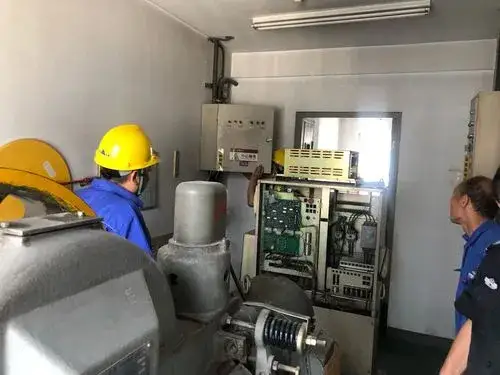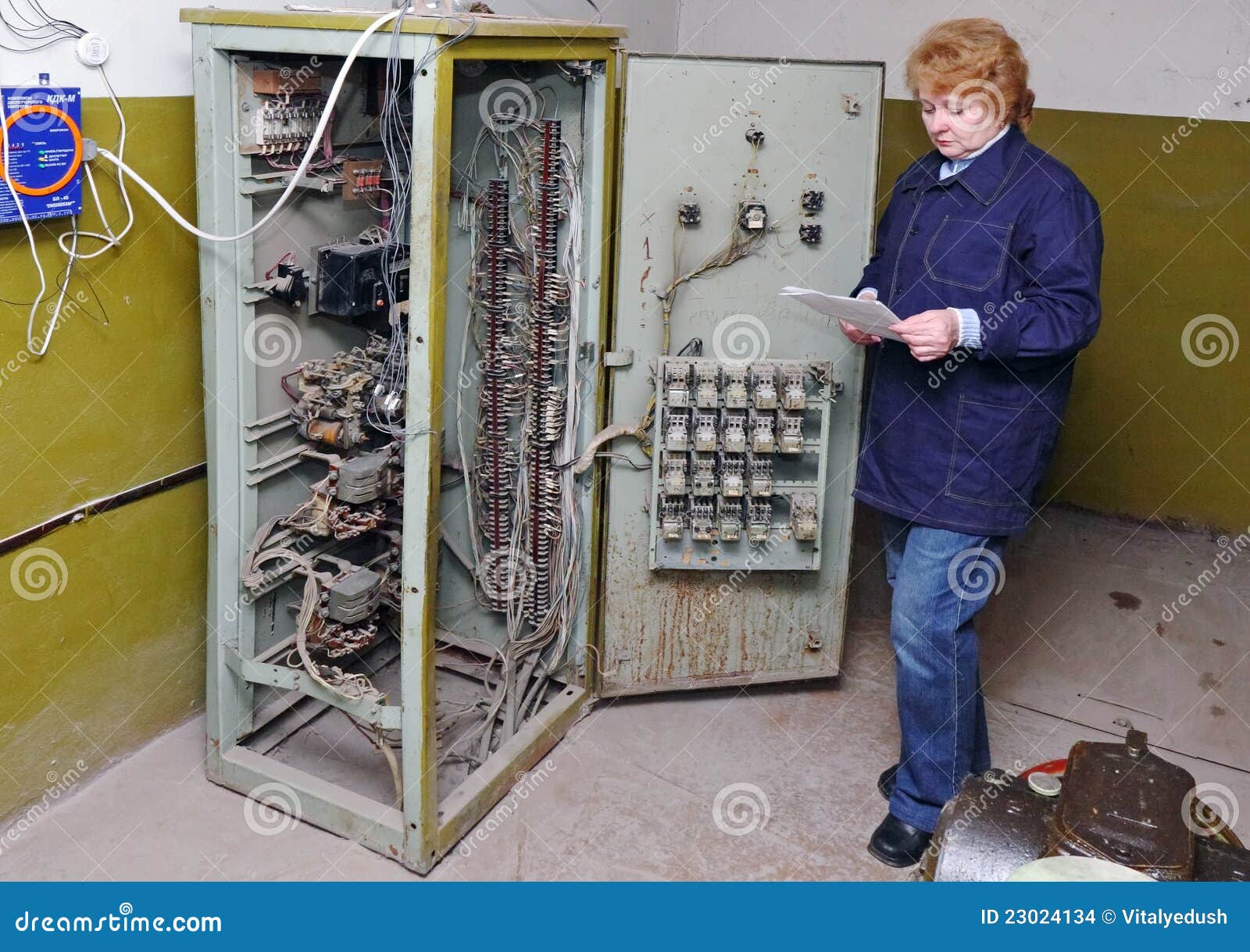Exploring the Comprehensive Actions Needed for Lift Upkeep
In the realm of structure maintenance, making certain the proper performance and security of lifts is vital. The complexity of lift systems requires a thorough strategy to upkeep. From regular examinations to tactical modernization strategies, an alternative view of upkeep is important. In the ever-evolving landscape of lift technology and security standards, there are detailed actions that need to be thoroughly followed to ensure optimum performance and conformity. By addressing essential facets such as positive upkeep schedules, safety and security checks, and emergency preparedness, a detailed understanding of the complexities entailed in lift upkeep can result in boosted effectiveness and safety.
Routine Assessments
When it involves ensuring the longevity and safety of your lift system, regular evaluations are critical. These regular checks play an important function in determining any type of prospective problems before they intensify into major problems, guaranteeing the secure and smooth procedure of the lift. By performing normal assessments, upkeep teams can proactively deal with wear and tear, faulty components, or any type of other concerns that might jeopardize the lift's performance or safety.
Throughout these examinations, educated specialists thoroughly analyze various facets of the lift system, consisting of mechanical elements, electrical systems, safety and security functions, and overall architectural stability (lift maintenance contract). They try to find signs of wear, deterioration, leakages, or any abnormalities that might indicate a trouble. Furthermore, they validate that all safety and security systems are functioning appropriately and in compliance with laws. By identifying and attending to issues beforehand, these evaluations aid stop costly fixings, downtime, or security threats, eventually expanding the life expectancy of the lift system and ensuring the health of its users.
Positive Upkeep Schedules
Executing positive upkeep timetables is essential for making best use of the effectiveness and long life of lift systems. By sticking to a proactive maintenance technique, lift proprietors can attend to potential concerns before they intensify into major issues, eventually minimizing downtime and pricey repair services. Proactive maintenance involves regular evaluations, lubrication of moving parts, testing safety features, and replacing used elements. These set up maintenance tasks not just aid in preventing breakdowns yet additionally add to keeping the lift's efficiency at optimum degrees.
A well-structured positive maintenance timetable must describe specific jobs, frequencies, and responsible workers. When developing these routines to ensure the lift runs safely and successfully, it is crucial to adhere to producer referrals and market requirements. Additionally, recording upkeep activities and maintaining comprehensive documents can offer beneficial insights right into the lift's efficiency over time, helping in making and recognizing trends notified upkeep decisions.

Safety And Security Conformity Checks
Ensuring safety and security compliance with thorough checks is vital in maintaining lift systems' dependability and guarding user wellness. Safety compliance checks include a comprehensive assessment of numerous components, including electric systems, mechanical components, emergency brakes, doors, and other crucial safety and security features. These checks are vital to recognize any potential dangers or breakdowns that can compromise the lift's operation and put individuals at danger.
Regular safety compliance checks ought to be carried out by certified technicians in adherence to market guidelines and criteria. These checks aid in detecting issues at an early stage, enabling for prompt repairs and preventative maintenance steps to be carried out. Moreover, maintaining thorough records of safety conformity checks is important for tracking the lift system's efficiency with time and showing conformity with security guidelines.
Equipment Upgrades and Innovation
Enhancing lift systems with equipment upgrades and innovation is vital for improving performance and safety criteria in Your Domain Name vertical transport. As innovation advancements, older lift systems may become obsolete, resulting in lowered dependability and potential safety web link and security risks. By spending in equipment upgrades and innovation, building proprietors can ensure that their lifts meet existing industry requirements and regulations.

Along with functional advantages, devices upgrades and modernization projects can likewise boost the aesthetic appeals of the lift, giving an extra modern and appealing experience for passengers. Ultimately, buying lift upgrades and innovation is an aggressive strategy towards guaranteeing the durability, safety and security, and efficiency of upright transport systems.
Emergency Situation Preparedness Preparation
A reliable emergency preparedness plan is essential for making sure the security and quick feedback in instance of unanticipated cases entailing lift systems. Emergency situation readiness preparation for lift systems involves an organized technique to reduce dangers, make certain guest safety and security, and minimize downtime during emergencies.
Key components of an emergency preparedness prepare for lifts consist of clear interaction methods, normal training for lift drivers on emergency treatments, i was reading this and routine drills to test the efficiency of the plan. lift maintenance contract. Additionally, the plan needs to outline certain duties and responsibilities for all stakeholders included, consisting of structure monitoring, upkeep employees, and emergency situation responders
In the event of a lift breakdown or entrapment, having a distinct emergency strategy can assist in collaborating a effective and prompt feedback to ensure the safety and health of travelers. Prompt communication, access to emergency situation equipment such as interaction gadgets and emergency situation illumination, and knowledge of emptying procedures are crucial facets of a comprehensive emergency readiness plan for lift systems. By focusing on emergency situation preparedness preparation, building supervisors can enhance the total security and dependability of their lift systems.
Conclusion
Finally, the thorough steps needed for lift upkeep include normal evaluations, aggressive maintenance routines, safety and security compliance checks, tools upgrades and modernization, and emergency readiness preparation. These steps are crucial for ensuring the security, integrity, and efficiency of lifts in different setups. By implementing these steps, lift proprietors can decrease the risk of mishaps, prolong the life-span of their devices, and abide by sector regulations.

During these evaluations, trained experts extensively check out various aspects of the lift system, including mechanical parts, electrical systems, security functions, and general architectural stability.Guaranteeing safety and security conformity through detailed checks is vital in maintaining lift systems' integrity and securing user wellness. Keeping thorough records of safety and security compliance checks is crucial for tracking the lift system's efficiency over time and showing conformity with security guidelines.
By prioritizing emergency readiness preparation, structure managers can enhance the overall safety and security and integrity of their lift systems.